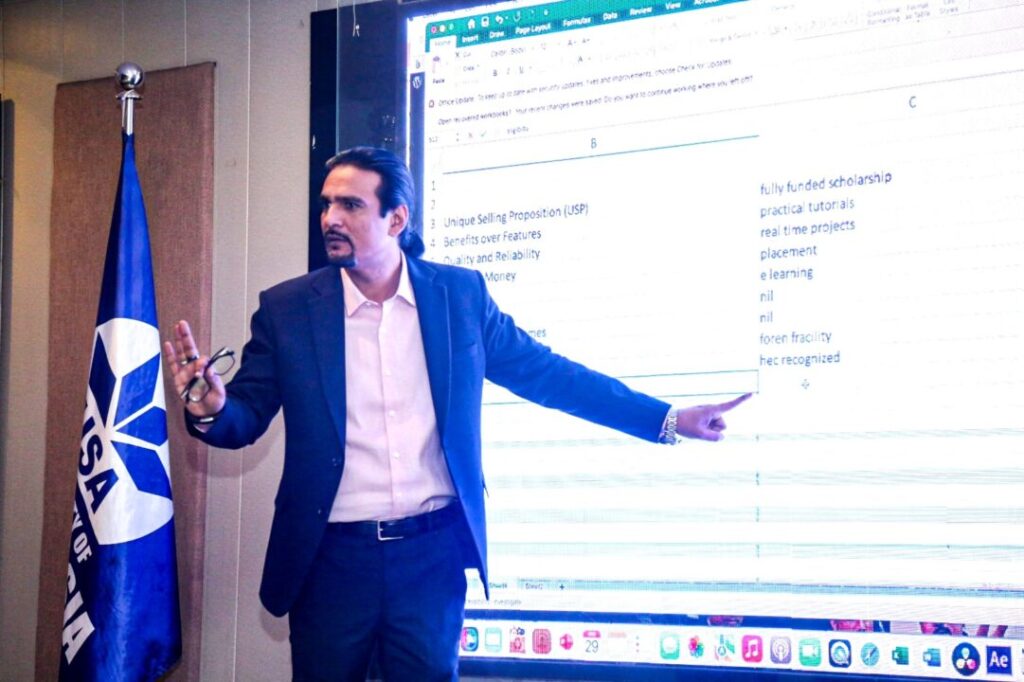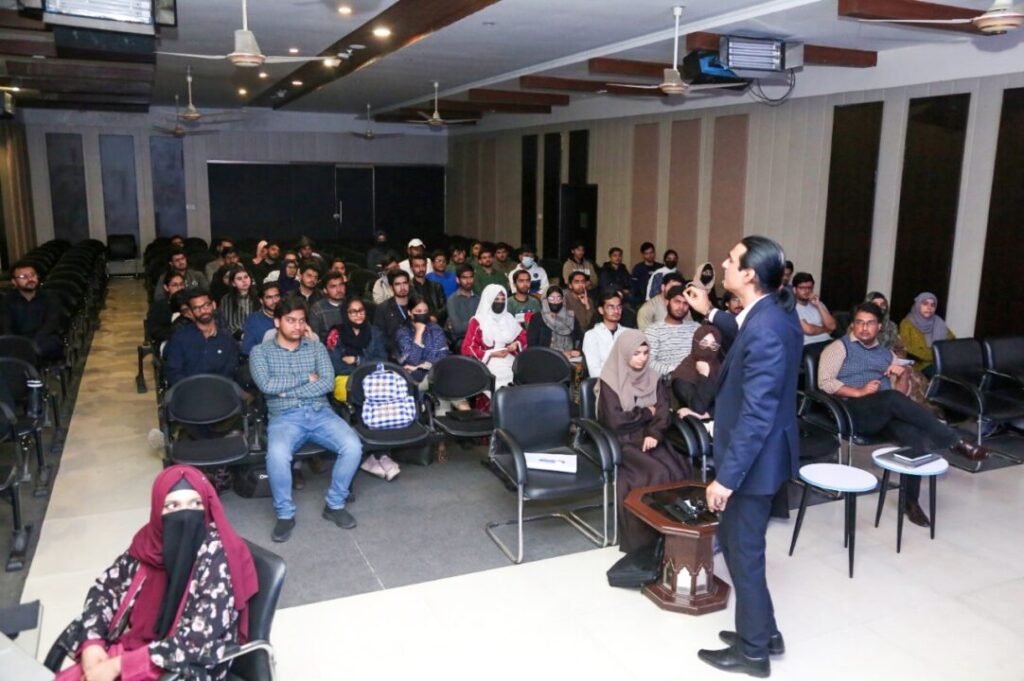Table of Contents
Introduction
Hey there, aspiring filmmakers and documentary enthusiasts! If you’ve ever been captivated by a powerful documentary, you know that it’s not just about pointing a camera and capturing reality. It’s an art form, a craft that requires a blend of storytelling, visual prowess, and an understanding of best documentary filmmaking techniques. This guide will walk you through the essentials: Types of documentary, Documentary filmmaking examples, Documentary filmmaking books, and Documentary filmmaking courses. Plus, I offer both online and physical classes to help you master these skills and create your own impactful documentaries.
What is Documentary Filmmaking

Before diving into techniques, let’s get a clear picture of what documentary filmmaking is all about. In essence, it’s the practice of capturing real-life events, people, and stories to educate, inform, or entertain audiences. Unlike fictional films, documentaries aim to present factual content, though the way these facts are conveyed can vary greatly.
Documentary filmmaking has evolved significantly over the years. From the early days of cinema verité to the modern, stylized approaches, each era has brought its unique flavor to the table. Understanding this evolution can provide invaluable context as you develop your style.
Top 5 Documentary Filmmaking Techniques
1. Observational Technique
The observational technique is all about capturing events as they unfold, with minimal intervention from the filmmaker. Think of it as being a fly on the wall. This approach allows the audience to witness the raw, unfiltered reality, creating an authentic and immersive experience.
Examples: Notable examples include “Grey Gardens” and “Hoop Dreams,” where the filmmakers let the subjects’ lives speak for themselves.
2. Participatory Technique
In participatory documentaries, the filmmaker becomes part of the narrative. This technique involves the filmmaker interacting with the subjects, often appearing on camera and engaging in conversations. It provides a personal touch and often uncovers deeper insights through these interactions.
Examples: “Super Size Me” and “Fahrenheit 9/11” exhibit how the movie producer’s association can drive the story forward.
3. Expository Technique
The expository technique is probably the most familiar to audiences. It features a clear, authoritative voiceover that guides the narrative, often supplemented with interviews, images, and footage. This technique is used to inform or persuade the audience about a particular subject.
Examples: “An Inconvenient Truth” and “The Blue Planet” effectively use this technique to convey powerful messages about climate change and marine life.
4. Reflexive Technique
Reflexive narratives betray the filmmaking system itself. They expose the mechanics of the production, acknowledging the filmmaker’s presence and the choices made during the making of the film. This technique can make the audience more aware of the constructed nature of documentaries.
Examples: “Man with a Movie Camera” and “Stories We Tell” illustrate the reflexive approach by highlighting the filmmaking process.
5. Poetic Technique
The poetic technique focuses on visual and emotional experiences rather than straightforward storytelling. It’s more about evoking feelings and impressions through artistic expression, often foregoing linear narratives for a more abstract and experimental approach.
Examples: “Koyaanisqatsi” and “Baraka” are perfect examples of how visual poetry can create a profound impact without a traditional storyline.
Types of Documentary
Understanding the various types of documentaries can help you choose the right format for your story. Here are some common types:
1. Historical Documentaries
These documentaries focus on historical events, offering insights and analysis on past occurrences. They often use archival footage, interviews with experts, and reenactments.
Example: “Ken Burns’ Vietnam War” (PBS documentary about the Vietnam War) is a classic historical documentary that uses archival footage, interviews, and narration to explore the Vietnam War.
2. Biographical Documentaries
Biographical documentaries tell the life stories of individuals, providing a deep dive into their personal and professional lives.
Example: “Free Solo” (National Geographic documentary about Alex Honnold) follows Alex Honnold’s attempt to become the first person to free solo climb El Capitan, a 3,000-foot rock wall in Yosemite National Park.
3. Ethnographic Documentaries
These focus on cultural practices and societies, often giving a voice to underrepresented communities and highlighting their traditions and ways of life.
Example: “Man with a Movie Camera” (silent documentary film about life in the Soviet Union) is a silent ethnographic documentary that portrays daily life in the Soviet Union during the 1920s.
4. Nature Documentaries
Nature documentaries explore the natural world, showcasing wildlife, ecosystems, and environmental issues.
Example: “Planet Earth” (BBC documentary series about the natural world) is a stunning nature documentary series that showcases the diversity of life on Earth and the challenges faced by different ecosystems.
5. Political Documentaries
These films tackle political issues, policies, and figures, often with a critical eye towards influencing public opinion.
Example: “Michael Moore Where to Invade Next” (documentary by Michael Moore) is a political documentary that takes a critical look at social and political issues in the United States by comparing them to other countries.
Documentary Filmmaking Examples
Let’s take a closer look at some renowned documentaries that have made significant impacts:
1. “The Thin Blue Line”
This documentary by Errol Morris is a quintessential example of investigative filmmaking. It re-examines the case of a man wrongfully convicted of murder, using reenactments and interviews to uncover the truth.
2. “March of the Penguins”
Luc Jacquet’s “March of the Penguins” is a mesmerizing journey into the lives of Emperor Penguins, blending breathtaking visuals with a compelling narrative to highlight their struggle for survival.
3. “13th”
Ava DuVernay’s “13th” explores the history of racial inequality in the United States, focusing on the nation’s prisons. It’s a powerful expository documentary that combines historical footage with contemporary interviews.
Documentary Filmmaking Books
To dive deeper into the craft, here are some must-read books:
1. “Documentary Storytelling” by Sheila Curran Bernard
This book offers practical insights into structuring and telling compelling documentary stories. It’s a valuable resource for both beginners and experienced filmmakers.
2. “Directing the Documentary” by Michael Rabiger
Rabiger’s comprehensive guide covers all aspects of documentary filmmaking, from initial concept to final cut. It’s a go-to manual for aspiring documentarians.
3. “The Filmmaker’s Handbook” by Steven Ascher and Edward Pincus
A classic in the field, this handbook covers the technical aspects of filmmaking, including shooting, editing, and sound recording.
Documentary Filmmaking Courses

Are you eager to dive into the world of documentary filmmaking but unsure where to start? Look no further! I offer both online and physical classes designed to equip you with the essential skills and knowledge needed to create compelling documentaries. These courses cover everything from story development and camera techniques to editing and distribution. Whether you prefer the flexibility of online learning or the hands-on experience of in-person classes, there’s an option that fits your needs. Interested? Feel free to contact me for more information and to enroll in a course that will kickstart your documentary filmmaking journey.
Conclusion
Documentary filmmaking is a powerful medium for telling real stories that resonate with audiences. By understanding and mastering various documentary filmmaking techniques, you can create impactful films that educate, inspire, and provoke thought. Whether you’re just starting out or looking to refine your skills, the resources and examples provided in this guide will set you on the right path.
FAQs
1. What is the best technique for a beginner in documentary filmmaking?
For beginners, starting with the observational technique can be particularly beneficial. This approach allows you to focus on capturing real-life events as they naturally unfold, without the need for extensive planning or scripting. It’s a great way to develop your storytelling skills and gain experience with your equipment.
2. How can I improve my documentary filmmaking skills?
Improving your documentary filmmaking skills involves a combination of practice, study, and feedback. Watch a variety of documentaries to understand different styles and techniques. Read books on documentary filmmaking, take courses (both online and physical), and seek constructive criticism from peers and mentors. Constantly challenge yourself with new projects to keep learning and growing.
3. Are there any free resources for learning documentary filmmaking?
Absolutely! There are numerous free resources available online. Platforms like YouTube and Vimeo host a wealth of tutorials and behind-the-scenes videos from experienced filmmakers. Websites like Coursera and Khan Academy offer free courses on various aspects of filmmaking. Additionally, many film festivals and industry organizations provide free webinars and panels.
4. What are the common mistakes in documentary filmmaking?
Some common mistakes in documentary filmmaking include poor audio quality, lack of sufficient B-roll footage, and inadequate research. It’s also important to have a clear vision and plan for your documentary, as a lack of direction can lead to a disjointed narrative. Paying attention to these details can significantly improve the quality of your work.
5. How important is storytelling in documentary filmmaking?
Storytelling is crucial in documentary filmmaking. Even though documentaries are based on real events, they still need a compelling narrative to engage the audience. A well-told story can make your documentary more impactful and memorable, helping to convey your message effectively and resonate with viewers.

